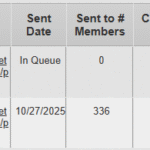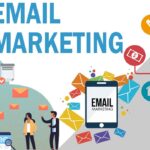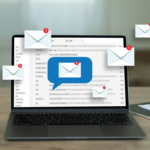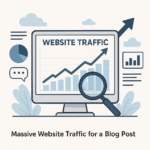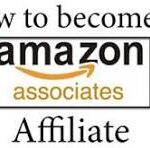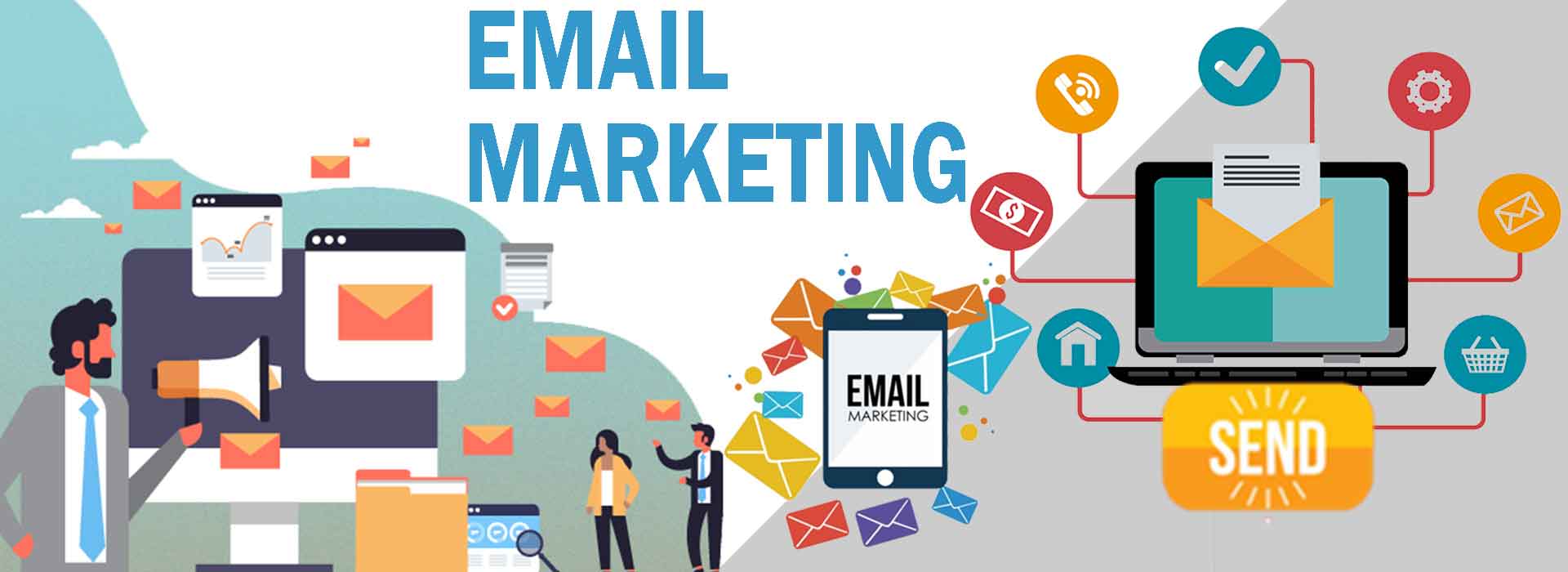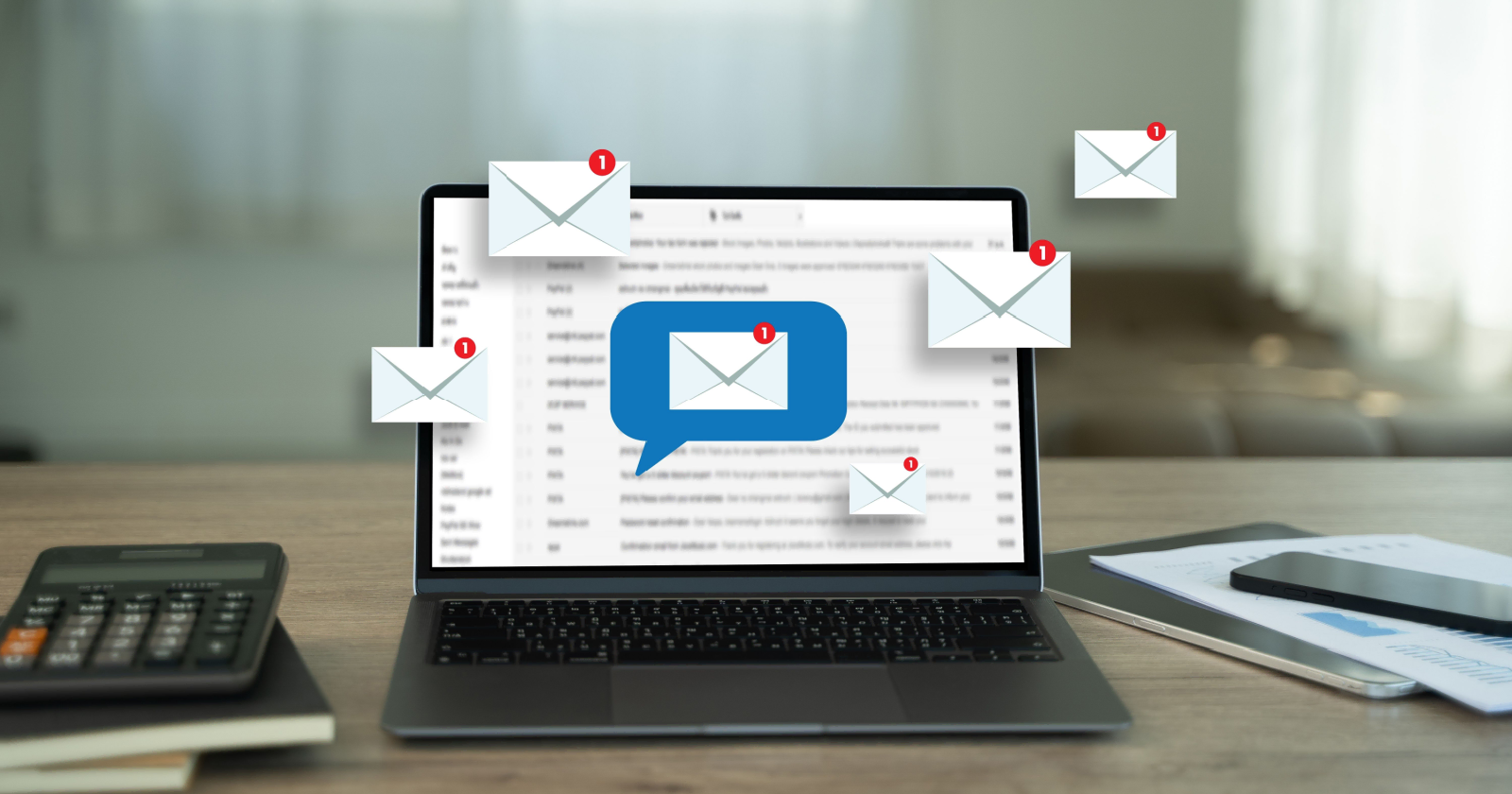Posted inBlog
Just getting started in Affiliate Marketing or want to supercharge your results? Get everything FREE here in this comprehensive 60 page e-Book. Everything is included how to get started free…
Posted inBlog
ViralNugget.Com
We found a new mailer to use in our safelist emailing campaign. Here are all the details: Site Name: ViralNugget.Com Total Users: 370, 21 Clicks! ViralNugget.Com is a great straight-forward…
Posted by
 4fi8s
4fi8s
Posted inBlog
A new traffic source
Good Day to you emailers, We are still scaling up our efforts to send out emails and we added 2 new email programs to our list and rotation. You can…
Posted by
 4fi8s
4fi8s
Posted inBlog
Adding ListImpact and CoffeTimeAds
Good Day Folks, Yesterday we checked out a few new sources of traffic. We started our day today doing the following: Surfing TrafficAdBar and EasyHits4U and getting some fresh traffic…
Posted by
 4fi8s
4fi8s
Posted inBlog
Day 3: Adding a new list…
Good Day Everyone, That was particularly busy yesterday sending so many emails. We started to follow our rotating system today which involved doing the following: TrafficAdBar.Com -> Clicked 100 Websites…
Posted by
 4fi8s
4fi8s
Posted inBlog
Day 2: Emailing 318,452 people in our first 30 days.
🚀 Day 2 of Massive Traffic OK, so we just finished Day 1 off by setting up the following resources needed for this course: 📌 Resources used Yesterday: Want to…
Posted by
 4fi8s
4fi8s

